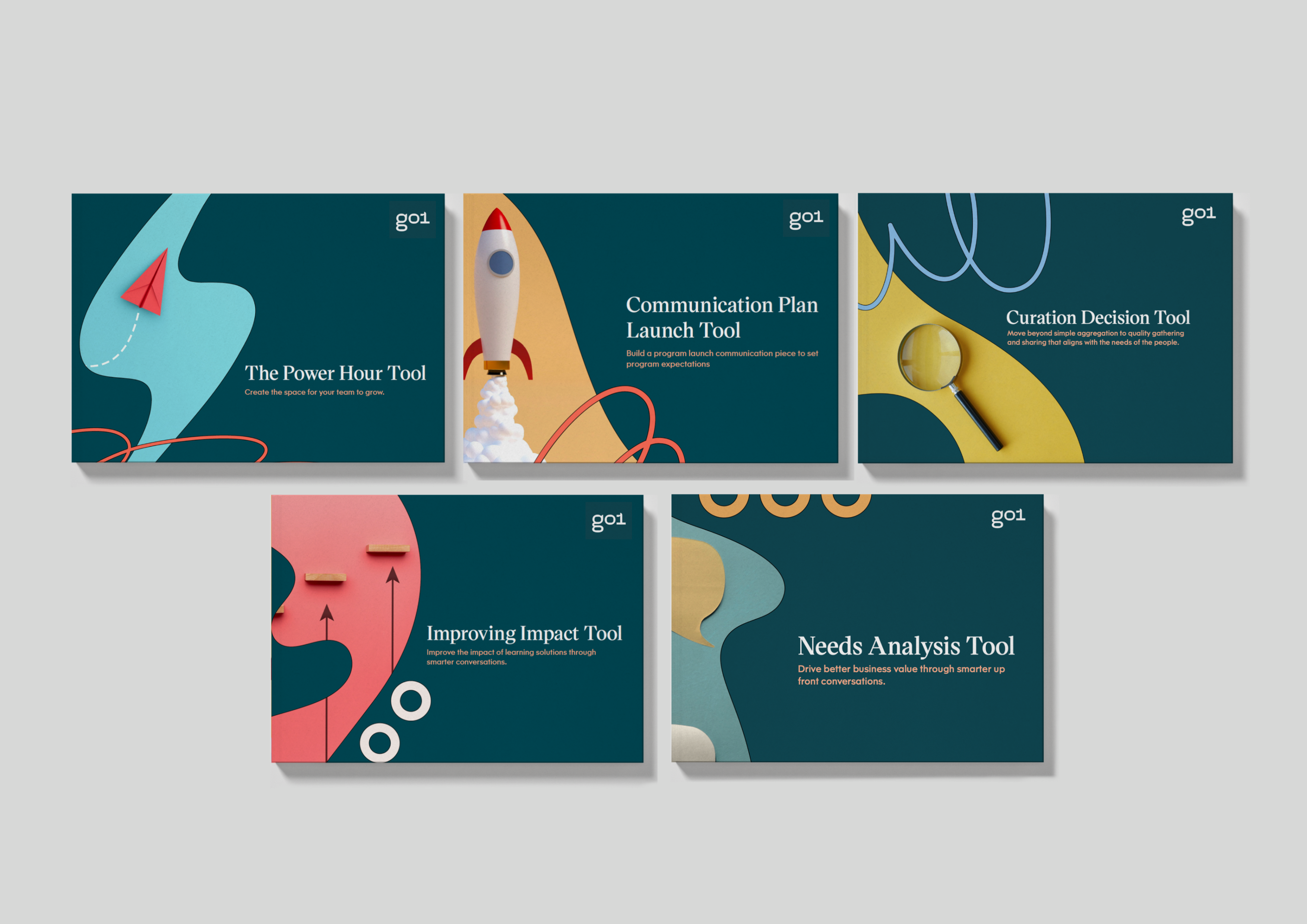
How encouraging professional development benefits your business

Professional development is not only beneficial to your employees, it also has many advantages for your business overall. By boosting the professional skills of your people, you help them achieve their career goals and enable them to provide a better service to your customers and clients.
What is professional development?
There are many factors that go into being a good employer, and one particularly important aspect is professional development. But what is professional development, and how can you ensure you’re allowing your employees to learn, grow, and achieve job satisfaction?
Professional development can take several forms, but all have the same purpose: to offer employees training and development to upskill them, increase their confidence, and keep on top of ever changing technology and business landscapes.
With the right professional development training, it will help your people to:
- Progress through your business and achieve their goals
- Feel valued
- Have more confidence
- Improve efficiency
- Keep skills up to date
- Do better work
Balancing learning with day-to-day duties
It can sometimes be difficult to find a balance between professional development and ensuring employees can continue with their daily tasks and duties. Finding times that suit multiple employees can be almost impossible to arrange - especially as people spend more time working in a remote or hybrid environment.
However, there are solutions to this which means employees can receive the training and development they want while ensuring they don’t fall behind in their duties. We’ll discuss these options below, along with types of professional development and how encouraging it benefits your business.
Why is professional development important?
The importance of professional development shouldn’t be underestimated. From an employees point of view, those who are career driven and have set goals will want to make sure their employer is helping them to achieve them. Allowing employees the ability to grow and improve their professional skills will be rewarding not only for them, but for your company as well.
We’ve explored why professional development is important from an employee, but it can also be an invaluable tool for your business for a multitude of reasons.
The benefits to your business
So, why is professional development important? If you encourage professional growth, it will benefit your business in a number of ways.
Better employee retention
A business that encourages training and development is one that’s going to appeal to professional, career-driven people. Nobody is going to produce their best work knowing that their career is stagnant - so by training your employees you’re putting them in the best position possible to reach their goals.
As a result, not only will you improve employee retention, but also entice some of the best and brightest talents your industry has to offer. Recruitment is expensive and comes with a certain degree of risk - so it benefits employers to upskill their existing, trustworthy teams and attract the right people.
Motivate and improve results
If employees feel that their employer values them then they’re far more likely to have boosted motivation and feel fulfilled in their roles. And when an employee is motivated, they’re going to produce better results for your customers and, ultimately, you.
Build confidence and encourage collaboration
When teams have confidence in each other, they’re far more likely to collaborate. Only when they collaborate and have trust in one another will teams produce their best work.
Improved efficiency
When employees are provided with the right training and development, they’ll be given all the skills and knowledge they need to do their job well. As they learn new skills, procedures, and ways of working, when these are put into practice they’ll have higher levels of efficiency. That means better results in a shorter amount of time.
With their new skills, your employees will even be in a better position to offer suggestions and improvements to your business as a whole.
Credibility
By encouraging professional development you increase the credibility of your business in two ways:
- You’ll be known as a strong employer within your industry, and that you care about your employees, and
- Being able to showcase to your clients that your people are highly trained will improve their trust in your business
These points will help you to attract both new clients and the best talent to fill new roles.
Improve the succession planning process
By training multiple members of your team on skills that are crucial to the business, it enables your business to run smoothly as team members leave or retire. Upskilling current employees is far more cost-effective than recruiting, especially management and senior-level staff.
Types of professional development
Due to workloads and the difficulties involved with organizing for office-based, remote, and hybrid employees, e-learning is becoming the preferred method for developing employees’ skills. There are two main types of development and learning:
Synchronous
Synchronous learning means each student is taught together, in a tutor-led online or physical environment. It requires students to come together to learn as a group at set dates, times, and locations.
Asynchronous
Asynchronous learning is self-directed, with all the material provided to the student who can learn as and when they have the capacity.
Our post on the benefits of self-directed learning goes into detail about asynchronous learning, as well as the importance of self-leadership in adult learning.
Asynchronous learning is an increasingly common option for many businesses, as it allows employees to learn consistently, even if they’re unable to do so at the same time. It’s also cost-effective and reduces pressure by being self-directed.
There are numerous courses employees can take across many areas of development. It’s up to employers to devise a staff development plan, and it’s important to listen to what employees themselves want to learn. Most courses can be completed over a number of days, weeks, or months (depending on how much they can do alongside their day-to-day tasks), while others can take a number of years.
Below are some examples of staff development:
Technical skills
With industries, technologies and processes always changing, it’s vital that your teams keep up to date. It’s these skills that contribute toward providing the services your clients are looking for. Whether it’s digital or physical, ensuring your people are fully trained and upskilled allows them to make your clients happy.
Management training
By offering training to managers, it increases the productivity of their teams as they’re given the skills and knowledge to apply strategies, delegate, deal with conflict and offer training of their own. As managers learn new skills, this will filter down and improve productivity and motivation.
Teamwork training
As previously mentioned, if a team is confident working together they’re going to produce the best results and understand the overall goal the team has. This helps teams to come together as one, and dissuade any dysfunctionality or cliques.
Higher education
Some e-learning providers offer the opportunity to take part-time higher education qualifications. However, these types of courses will take a number of years to complete.
Planning your professional development
Providing access to a professional development program is just one of the ways you can provide training to your employees. Helping teams to create their own professional development plan is the best way to encourage growth.
However, this is not purely down to you as the employer. There has to be drive from the employees, and the desire to work on their own goals.
When working on a plan either for yourself or a colleague, consider the following:
- Self-assessment - what do you do well, and what could you do better?
- Goals - where do you want to be? What skills do you need to get there?
- Timeline - where do you want to be in 3, 5, or 10 years?
- Regular learning - undertake training to improve your skills and knowledge. Frequent periods of learning helps you to retain information
- Opportunities - keep proactive and grab opportunities as they arise
- Manage distractions - Give yourself time and space to learn, ensuring minimal distractions
- Keep track - make regular notes, evaluating your progress so you can keep developing
Remember, it’s not possible to achieve a status whereby you feel you know “everything”. Everyone is always growing, learning, and improving - a plan will help you get there.
Learning resources and opportunities
As previously highlighted, a good employer will provide career development opportunities to their people.
One cost-effective way to provide this is by allowing employees to take courses in the areas they’re looking to develop, which are offered by e-learning platforms. At Go1, we provide access to thousands of different courses developed by thought leaders and experts around the world from a multitude of industries.
Check out our resources section for more information on professional development resources.
For more insights, subscribe to the Go1 newsletter to stay on top of all the latest L&D trends. Or, you can book a demo today to find out how Go1 can help with your team’s learning needs.




